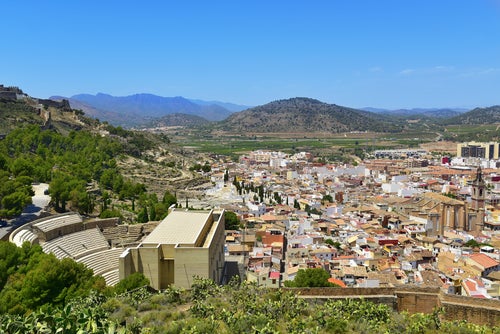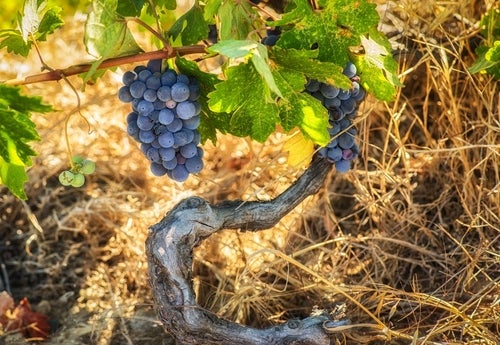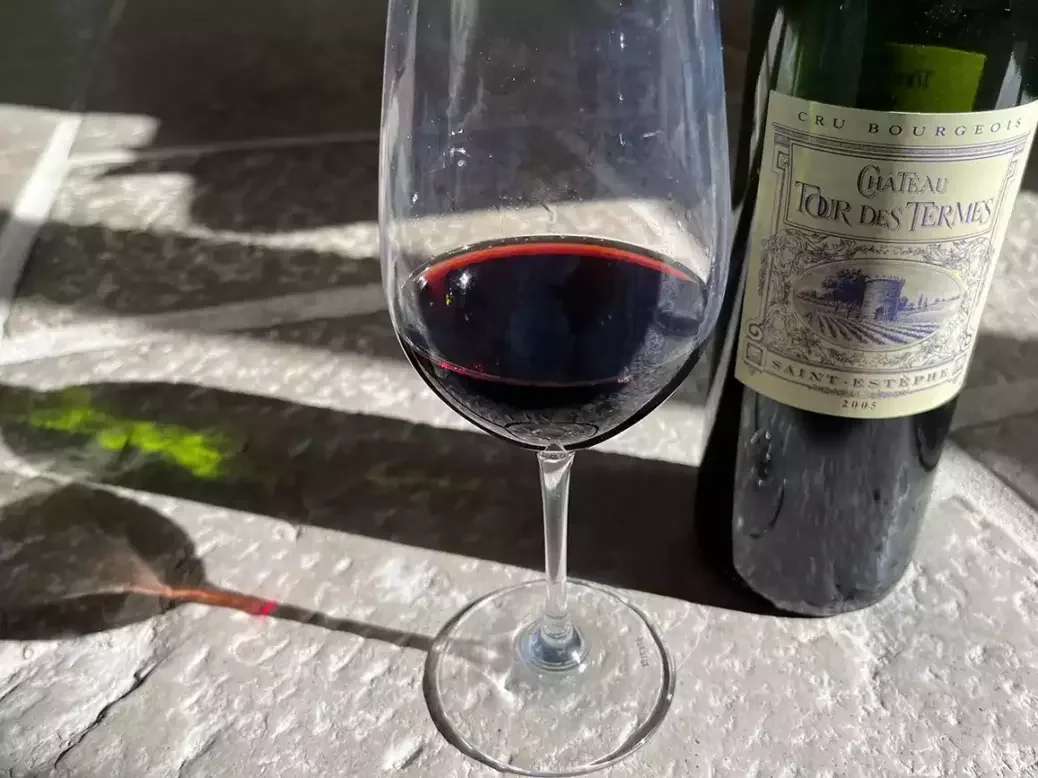
Raymond Blake profiles Château Tour des Termes, the rising St-Estèphe estate now owned by the O’Connor family.
At the risk of harping on at tedious length about the strong wine connections between Ireland and Bordeaux—a drum that I may be guilty of beating too often—the latest in a roll call of châteaux with Hibernian links deserves mention and celebration among Irish wine lovers. After a stop–start search that spanned more than a decade, including serious consideration of a purchase in Burgundy, as well as other Bordeaux châteaux, noted Irish businessman Eddie O’Connor finally settled on Château Tour des Termes in St-Estèphe in 2022. Then began the long-drawn-out, oh-
so-Gallic process of getting the transaction approved by the relevant authorities before news of the purchase of this cru bourgeois supérieur finally broke in summer 2023. Almost immediately, a planning process was set in train for a major program of renovation, including the construction of a carbon-neutral winery. Sadly, only six months later, tragedy struck when O’Connor died suddenly. He had been ill, but his death was still an unexpected shock.
Those Irish wine lovers who had been toasting his achievement and buying the first consignments of Tour des Termes shipped to Ireland now began to wonder if his family would continue with the project or perhaps decide to sell up. They need not have worried. His widow Hildegarde, son and daughter Robert and Lesley, and Lesley’s husband Stewart Kennedy have reaffirmed the family’s commitment to their patriarch’s vision for Tour des Termes. A new chapter in its history is currently being written.
The name Tour des Termes references an old tower on the property, on a plot called Les Termes, which roughly translates as “land’s end” and derives from the fact that this may have been the site of a Gallo-Roman port. Skipping forward to the late 17th century, documents make mention of a laborer in the commune of Potensac named Anney, whose great-grandson started making wine in St-Estèphe in 1876. His family continued his endeavors until his descendant Pierre Anney solidified their presence in the commune by buying Tour des Termes in 1938. He was succeeded in turn by his son Jean and grandson Christophe, whose daughter Aurélie continues in an ambassadorial role since the O’Connor purchase.
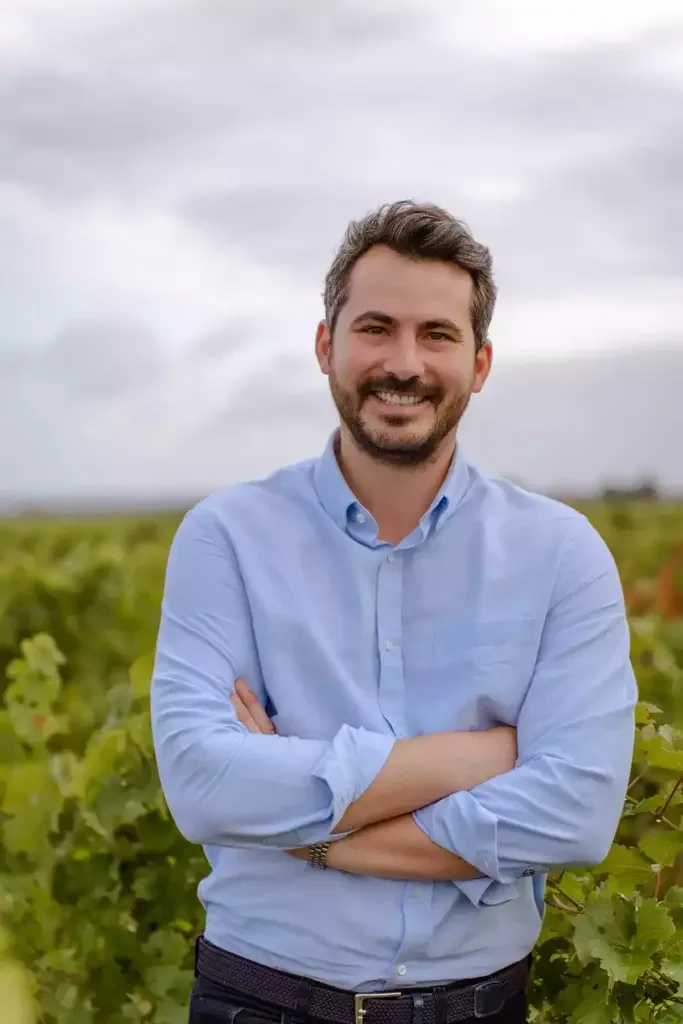
Writing in her excellent book Inside Bordeaux in 2020, Jane Anson opened her profile of des Termes with a sentence that remains accurate, despite the change of ownership: “Great quality and still independently owned, this is an estate to follow and support.” She continues her assessment of the wine: “Certainly rustic is not a word you would use to describe Tour des Termes, as the fruit is often soft, appealing and extremely drinkable,” before concluding that the wine is “Superbly balanced after a few years—oak can be a little dominant when young, emphasizing black chocolate and licorice flavours.”
Thus it is clear that, although des Termes does not have a high profile in the anglophone world, it would be wrong to suggest that O’Connor bought a run-down property that carried the scars of decades of neglect. Far from it. The reputation is solid if not spectacular, in other words; the château is ripe for the sort of dynamic rejuvenation that O’Connor envisaged and that will now be overseen by his family, with recently appointed general manager Julien Brustis in day-to-day charge on the ground. Brustis is a 34-year-old Bordeaux native, qualified as an agricultural engineer and enologist, who started his career at Château Dauzac in 2009 before moving on to Château Latour Martillac for three years. Then followed stints in Corsica and California, prior to returning “home” to Château Angélus and then to Paris to establish the Domaine La Bouche du Roi vineyard in Ile-de-France, as well as creating a pop-up winery on the Eiffel Tower.
Brustis is dynamic and articulate, fully committed to realizing the O’Connor family’s vision for des Termes. He was quickly on top of his brief and needs little prompting to outline the plans for des Termes at length. “We are going on the same plan, the same ambition for Tour des Termes [as Eddie had],” he says. “The family want to pursue his goal to develop the winery because the purchase of Tour des Termes was really linked to a development plan. He chose an estate that had potential and not one that is already at the top, so they will keep going with this and not delay things or change the ambition in terms of investments and long-term plans.”
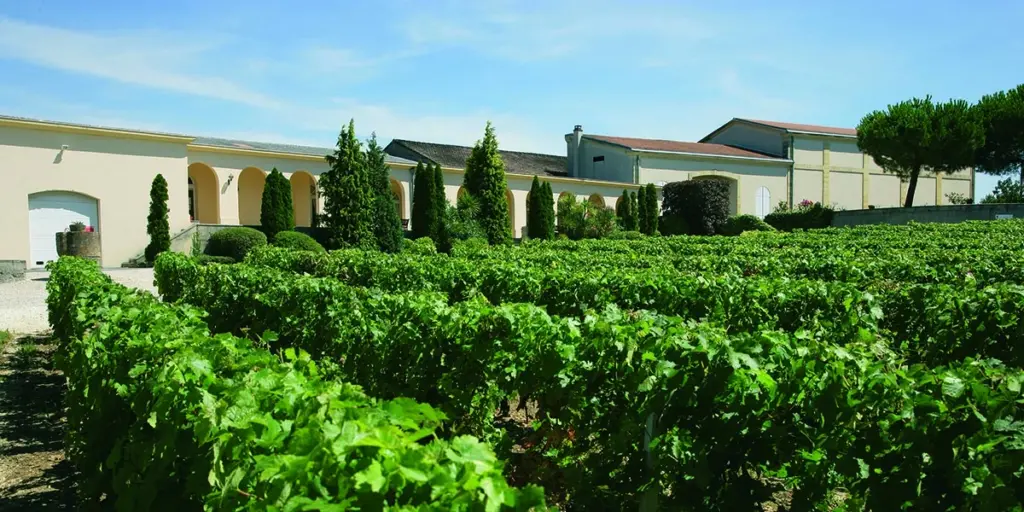
Transformation in vineyard and winery
Both winery and vineyard are undergoing significant transformation—the former by way of a completely new, eco-friendly facility, with visitor reception area for tastings and meals; the latter by way of extensive mapping and replanting as deemed necessary. For the winery, noted Bordeaux architects BPM have been appointed. They have an impressive track record in delivering such projects, having already worked for a prestigious roll call of châteaux that includes Lascombes, Lynch-Bages, Beychevelle, Lagrange, and Angélus, as well as near neighbors Phélan Ségur and Cos d’Estournel. As Brustis puts it, “They are one of the famous architects in Bordeaux. They are really winemaking-oriented; they are not artists that do a very special building that you then try to make wine in… We try to make something very functional and very oriented to what I want to do with the wine and with the size of the vineyard we want to manage.”
In the vineyard, a plot-by-plot soil-mapping exercise has been completed and a restructuring plan drawn up. A little-known fact about des Termes is that 60% of the vineyard is planted to Merlot—which is highly unusual in the Cabernet Sauvignon-dominated Médoc. Brustis elaborates: “It was important to me to know precisely all the sorts of soils we have. We have a very special type of soil, which is very interesting in the context of global warming, having two thirds of our soil on clay and limestone and one third on the classic deep gravel of the Médoc, which makes our blend Merlot-oriented and not Cabernet Sauvignon. This helps us to have a high level of acidity.” As to the style of wine he is aiming to make: “Thirty years ago, St-Estèphe was wine for my grandfather—like a meal cooked for 70 hours; it was very strong… You expected a big wine, and now with climate change and the fact that it is the only place in the Médoc where we have clay and limestone, we are able to do wines that have a good level of acidity. So, now that we have more sugar, it means better-balanced wines, which helps us to enjoy them both young and with 20 years of aging. That is the direction we want to go—not do the most massive wine.”
Perhaps the most radical vineyard development will be the production of a new white wine—radical in the sense that it will be a first for des Termes, though it is very much on-trend, given that neighbors Montrose and Cos d’Estournel now produce a white, as does Château Angélus in St-Émilion. (See 2020 Angélus Grand Vin Blanc) The first vines for this new wine were being planted as this issue of The World of Fine Wine went to press.
Brustis explains, “We took out 2 hectares [5 acres] of St-Estèphe red wine to plant white wine […] so we will declassify it, because it is a great area to make great white wine, and it is not a great place for red. It is very white-oriented, even if in the beginning we had in mind to plant white in Haut-Médoc, because that is obvious, but the Haut-Médoc part [of the vineyard] is great to make red but not white. So, I said, ‘Do we want to do a good white or do we want to do a great white?’” Production will run to about 10,000 bottles annually, and the grape mix will be composed principally of Semillon and Sauvignon Blanc, with a little Albariño to add distinction.
If everything goes according to plan, the first harvest will be in 2026, the year in which the new winery is due to come online. By then, the O’Connor family will be firmly embedded in this northern corner of the Médoc, about two thirds of a mile (a kilometer) west of celebrated third growth Château Calon Ségur. Tour des Termes played host to five generations of the Anney family, and already the third generation of O’Connors, still children, are enthused about their grandfather’s purchase. Lesley O’Connor explains: “We want to instill a love for it in our family in the next generations. We are learning, and we are trying to bring them along as we go.” She would be the first to admit that when it comes to getting to know the wine business, the learning curve is steep, but she succinctly sums up her fascination with viticulture by declaring, “There’s an inner farmer in me, for sure.”
And she has quickly come to a perceptive appreciation of the notion of terroir in its broadest sense. “When you start to listen to people who really love wine, and when they talk about the terroir and the connection between the wine as a manifestation of the environment, the place, and the time in which it was grown—it’s an expression, I suppose, of all of those things, so to get a real appreciation of the wine, you need in some way to have an understanding of the place itself.” Understanding the place is the key—and committed “terroirists” might struggle to give as concise an argument in favor of the too-often-nebulous concept of terroir. Tour des Termes is in safe hands.
It is no exaggeration to say that Eddie O’Connor enjoyed legendary status in the Irish business community, as a pioneer of renewable energy, and beyond those shores, too. He brought enormous energy to every project to which he turned his hand, carrying others along in his slipstream, as he strove confidently toward his chosen goal. Among his many noteworthy achievements, he also managed to write two books along the way. A Dangerous Visionary is the title of the first one; and having studied the plans that he put in place for Château Tour des Termes, I’d say he was more visionary than dangerous.


